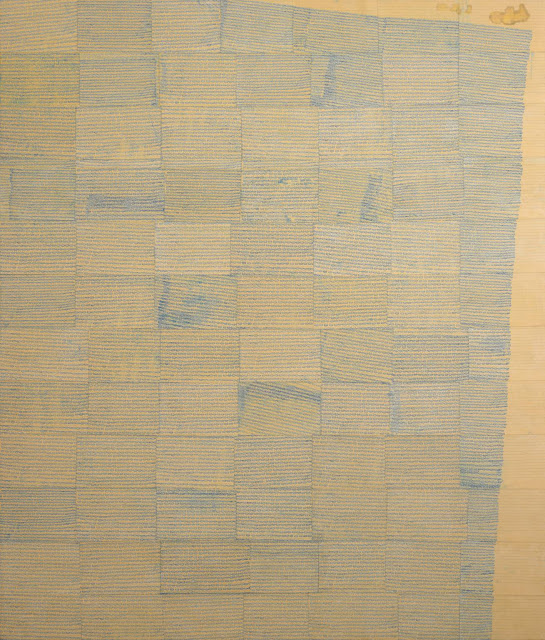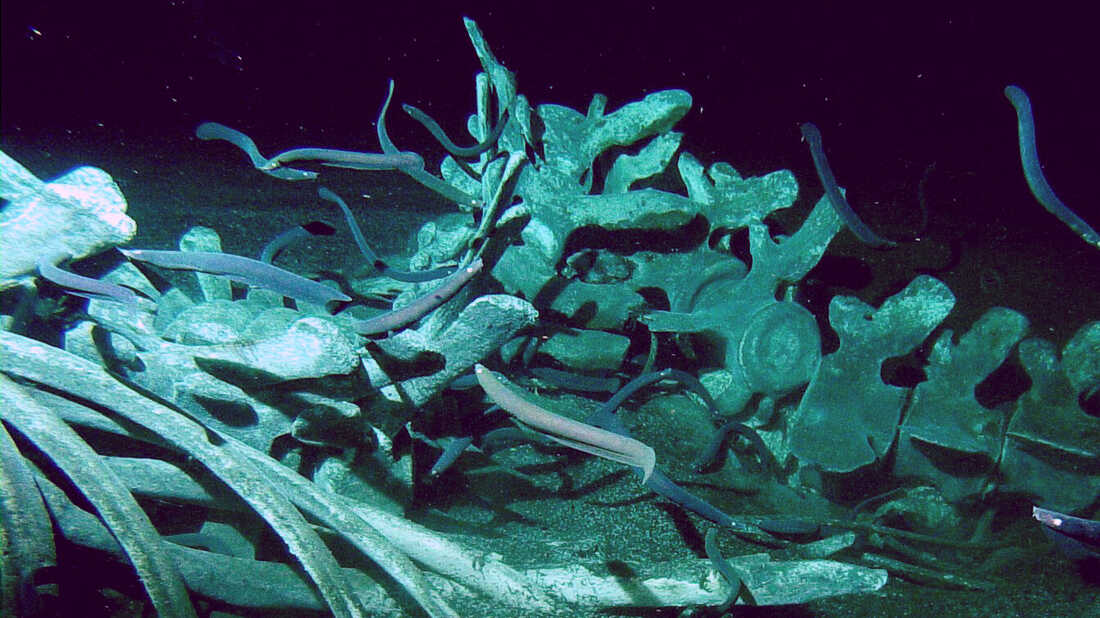1. Agnes Martin
Untitled #5, 1994
2. Russell Crotty
Martian Paradox, 24:3, 2018
Exo Hab, Nitrogen Haze, 2017
Russell Crotty's works give a feeling of aliens; I can tell directly from the images that they are about exoplanets. The outcomes show his fascination with the world beyond human society. These paintings underlying the overdevelopment of the Earth, for example, toxic industries, issues of global oil infrastructure and the deterioration of our environment. The early art movements have influences on his works, such as Surrealism, Finish Fetish, process experimentation, Modernism and Sci-Fi. (Crotty, 2018) I am interested in his materials. I found mix media always attracting. The 'Exo Hab' is an ink painting on paper, with threedimensional plastic on the surface. It is interesting that the audiences look at his painting through these plastic pieces, just like looking through the glasses of a window and the glasses of an astronaut's helmet. I like the way how he divides his small paintings using black fine lines. They look like illustrations telling different stories. Looking into the whole abstract shape, it looks like a creature, or it is not? It reminds me of the animals with thin long legs in Dali's surreal art.
3. Ellen Gallagher
Paper Cup, 1996
This is a large-scale painting made by multiple layers of line paper segments. It shows a combination of geometric abstraction and hand-drawn elements. Gallagher used 84 pieces of yellow paper to cover the surface of a canvas. These papers wrinkled when they were glued. Then a layer of blue ink drawn by hand. 'at close range is revealed to reference a racist and outdated minstrelsy idea of blackface physiognomy: a minuscule pair of rubbery lips repeated thousands of times and loosely following the lines of the paper.' (Tate, 2020) The points that made this work successful are the papers, ink and glue. When the artist layered these small sheets of yellow paper, he gave texture on the surface of the canvas. Then the glued paper had its own experimental outcome, which the traces and shape were unpredictable. Also, the link overlaid dried, and the edges of the papers showed up; it also shows the gaps between; areas of overlap producing irregular grids.
4. Justin Duffus
5. Chris Gambrell
Something a little minimal in pastels on Fabriano at around A4 size.
Reference:
TATE (2020) Anges Martin Untitled #5 1994. [Online image] Available from: martin-untitled-5-ar00177. [Accessed by 04/11/20]
CROTTY, R. (2020) College Works. [Online image] Available from: bioresin.html. [Accessed by 04/11/20]
TATE (2020) Ellen Gallagher 1996. [Online image] Available from: gallagher-paper-cup-ar00066. [Accessed by 04/11/20]
DUFFUS, J. (2020) detail/demo/wip. [Online image] Available from: justinduffus. [Accessed by 23/12/20]
GAMBRELL, C. (2020) Something a little minimal in pastels on Fabriano at around A4 size. [Online image] Available from: gambrell. [Accessed by 23/12/20]











No comments:
Post a Comment